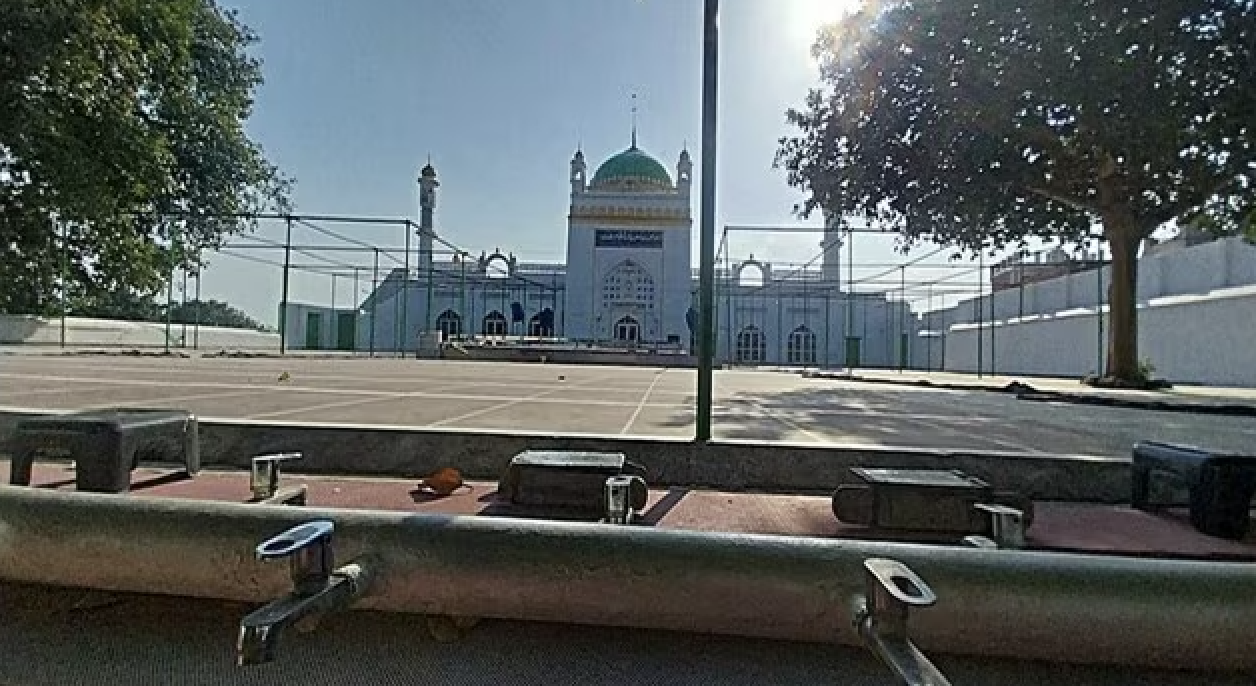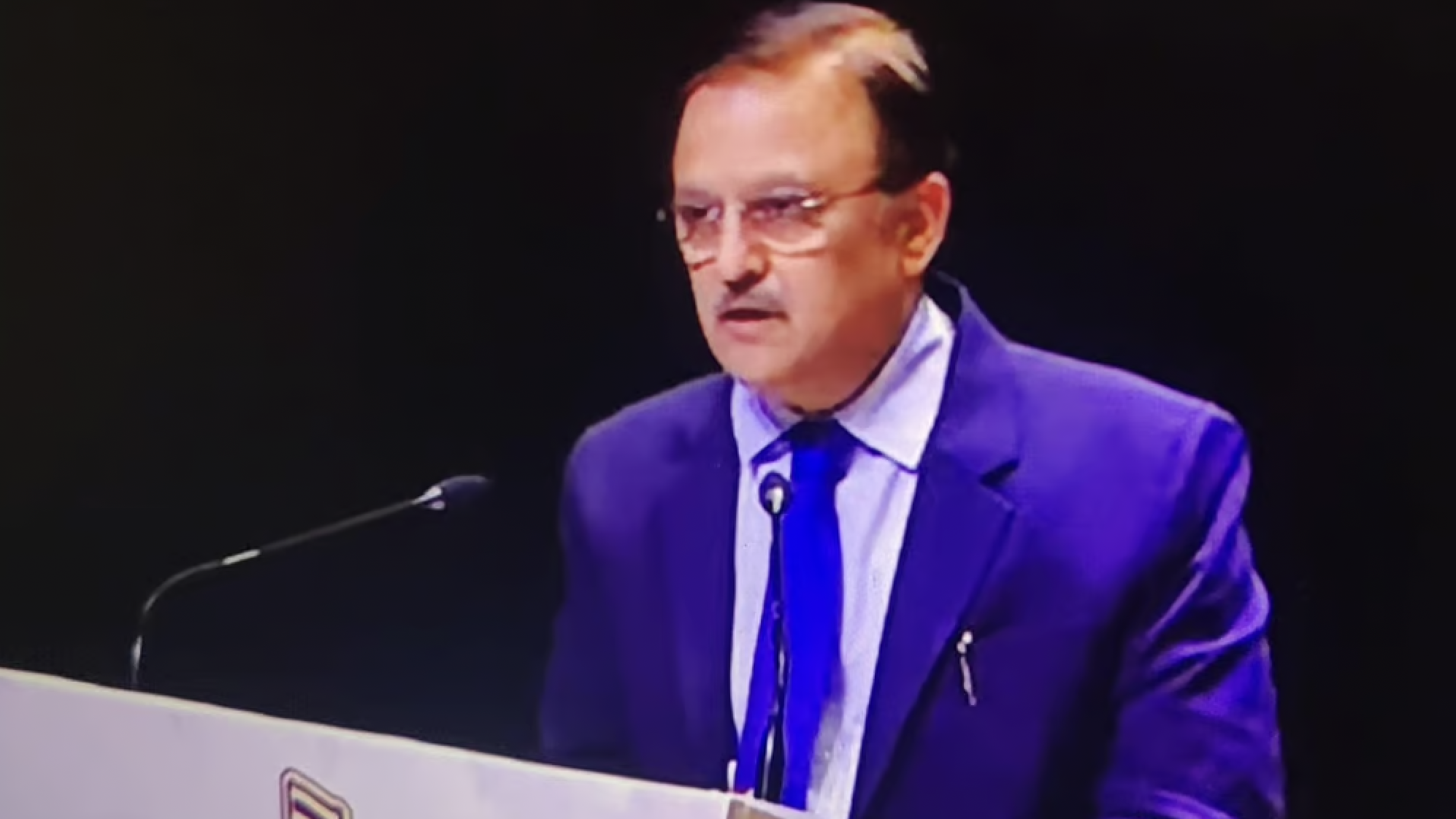By Saddam Hussian & Nafis Haider
The process of “otherisation” of Indian Muslims is not limited merely to their religious and cultural aspects but is extending to their spaces as well. Though demolition has been a political strategy for silencing dissent before, the surge exemplified by post-Ram Navami incidents depicts a particular anti-Muslim colour to this unjust use of administrative power. Muslims who opposed violent progressions by the Hindu right and hate speech during Ram Navami had their houses demolished in the name of the anti-encroachment drive.
The act of eviction and displacement appears to be an active process in criminalising and othering spaces of Muslims. The constant targeting of Muslim spaces and bringing them under the ambit of the anti-encroachment drive is an attempt to present the spaces Muslims occupy as problematic habitation and illegal ownership which needs demolition.
It serves two fundamental purposes: Presenting the Muslim majority spaces as illegal and bringing it to prove its legality time and again in front of the judiciary, characterising the intentionality of the state against Muslim spaces.
Inside the community, the Modi-led government attempts to instil a dilemma among Indian Muslims from identifying themselves as part of the nation, Indian State as their own. With the bell for Muslim genocide ringing loud, and a systematic marginalisation ongoing, targeting Muslim-dominated areas for eviction and anti-encroachment drive create social anxiety among the community and feeling of being left out.
In the recent procession of Hindu Jan Akrosh Morcha organised by Sakal Hindu Samaj in Mumbai, accompanied by others like BJP-RSS and other Hindu nationalist organisations gave calls against Muslims. Moreover, BJP MP Parvesh Verma called for a total boycott of “these people ” covertly denoting the Muslim population.
Even before this, Haridwar Sansad of December 17-19, 2021, the attendees were pledged to boycott Muslims from all spheres of their lives. This rise of new violent tendencies in Indian society is what Appadurai termed as Genocidalism, which works as a violent extension of nationalism which moves past “sporadic, spontaneous or localised episodes of violence” and necessitates “systematic bolstering and mobilisation”.
The case of India’s use of Bulldozers and anti-encroachment drives resembles Nixon’s ‘War On Drugs’ policy. Under the aegis of promoting law and order in society, the Nixon administration strategically discriminated against Black people and criminalised them. Latent in the rhetoric of the ‘War On Drug’, was the particular targeting of black people who were arrested even for petty crimes like possession of marijuana, and peddlers and sentenced to long-term imprisonment.
The Black people were more vulnerable due to their class, and racial background pushing them to marginality. The policy was doubly detrimental for them when their marginality is accompanied by the active role of white-dominated authorities in perpetuating racial discrimination. Hence, in lieu of law and order, Black are subjected to discrimination, atrocities and racial oppression. In India, the Modi government is pushing for a similar strategy against the space that Muslims occupy.
A deliberate attempt to characterise loopholes in the legality of the Muslim habitation which is general and the constant issuing of notice for eviction to those localities by civic bodies signifies the state action against Muslims. Moreover, formulation and execution of the policy of anti-encroachment drive which is inherently discriminatory against the marginalised. The Modi govt is taking forward a political act of suppressing dissenting voices of the community by manipulating executive power.
The case of Haldwani, a Muslim-majority area presents a new addition to the exhaustive list of anti-encroachment drives based more on settling political rivalries rather than mere legal battles of land ownership. What makes Haldwani a Muslim question is the particular targeting and criminalisation Muslims are facing across the nation. In this light, the exceptionalism of a Muslim-populated area from the whole stretch of 71 km without any legitimate justification, demolition becomes an act of political vendetta and a means of socio-political and economic “otherisation”.
Haldwani must be seen as an extension of this attempt to dismantle the notion of citizenship of Muslims. The locality that has been notified for demolition constitutes the vast majority of the Muslim population namely Gafoor Nagar and Bhompulpura.
The inhabitants claim to have all the required documents to prove their historicity of existence. Tufail Ahmad, a local resident, said that they had been residing there even prior to the independence of India. In this context, it is not merely a legal battle of land ownership but a question of Muslim citizenship that is nurtured in this space of belonging…
This story was originally published in maktoobmedia.com. Read the full story here






